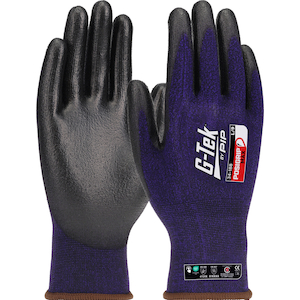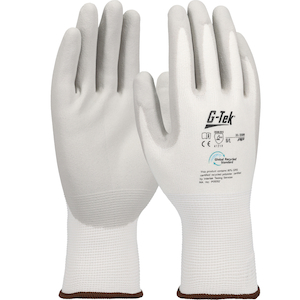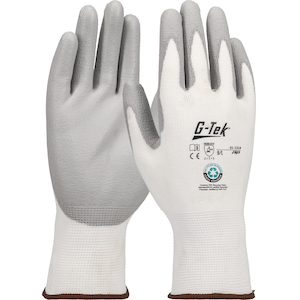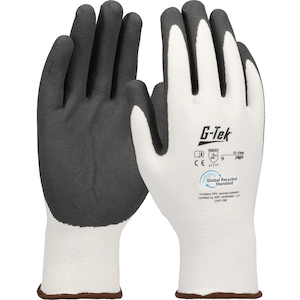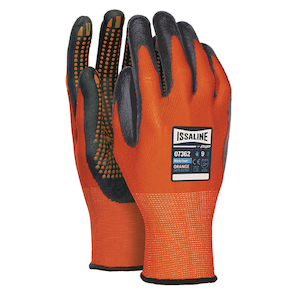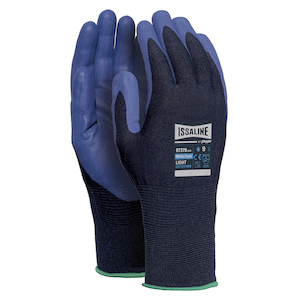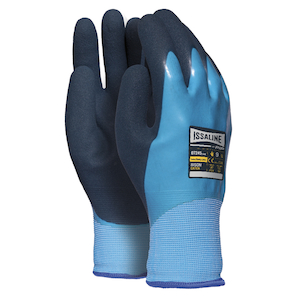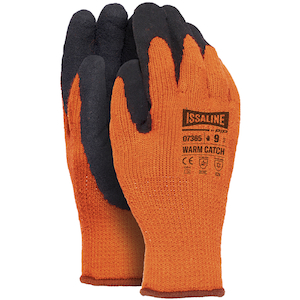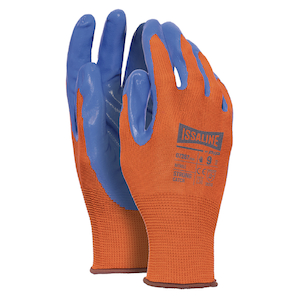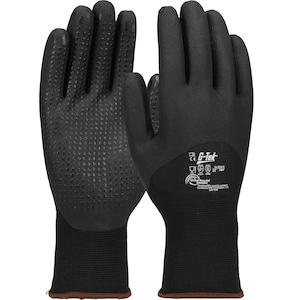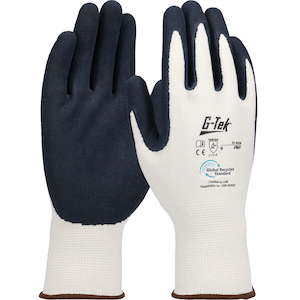
-
 Guantes de alto rendimientoG-Tek® PolyKor®16-MPT630
Guantes de alto rendimientoG-Tek® PolyKor®16-MPT630
-
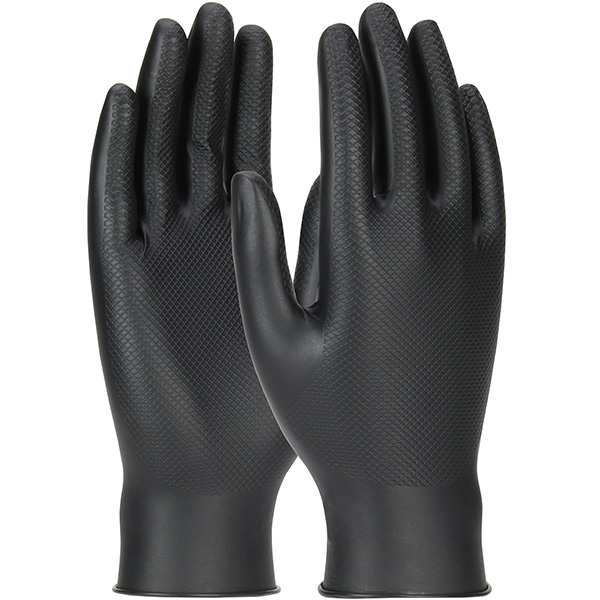 Guantes desechables de uso prolongadoGrippaz™ Skins67-246
Guantes desechables de uso prolongadoGrippaz™ Skins67-246
-
 Refrigeración por evaporaciónEZ-Cool® Max396-EZ900
Refrigeración por evaporaciónEZ-Cool® Max396-EZ900
-
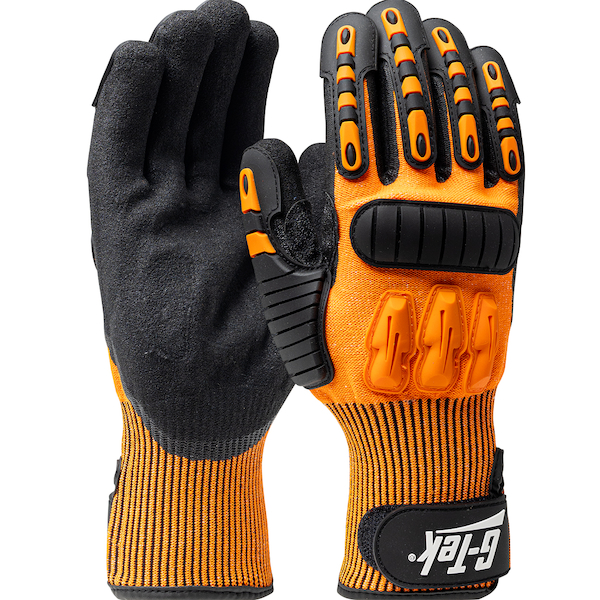 Guantes de alto rendimientoG-Tek®120-5150
Guantes de alto rendimientoG-Tek®120-5150
-
 Guantes de protección contra cortesG-Tek® PolyKor®16-560
Guantes de protección contra cortesG-Tek® PolyKor®16-560
-
 Guantes de protección contra cortesG-Tek® Paradox™16-541
Guantes de protección contra cortesG-Tek® Paradox™16-541
-
 Guantes de protección frente al fríoG-Tek® PolyKor®41-1417
Guantes de protección frente al fríoG-Tek® PolyKor®41-1417
-
 Ropa calentadaBoss®300-HV100
Ropa calentadaBoss®300-HV100
-
 Guantes de protección frente al fríoG-Tek® PolyKor®41-1415
Guantes de protección frente al fríoG-Tek® PolyKor®41-1415
-
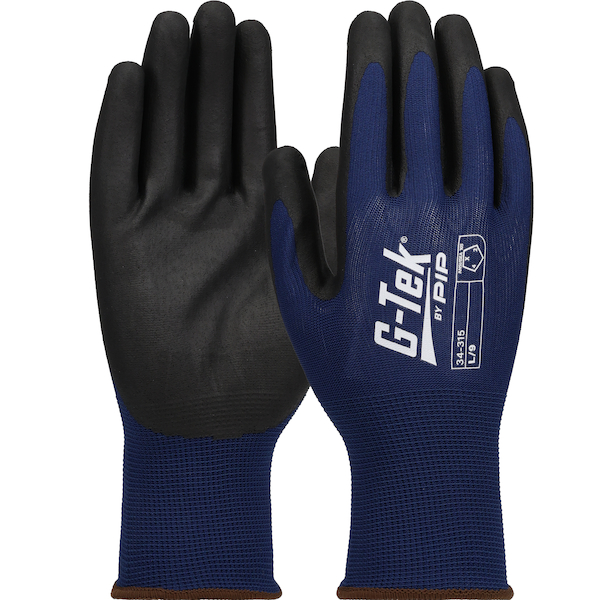 Guantes para uso general recubiertosG-Tek®34-315
Guantes para uso general recubiertosG-Tek®34-315
-
 Guantes de protección contra cortesG-Tek® Paradox™16-351
Guantes de protección contra cortesG-Tek® Paradox™16-351
-
 Tapones auditivosMega Bullet™267-HPF210C
Tapones auditivosMega Bullet™267-HPF210C



















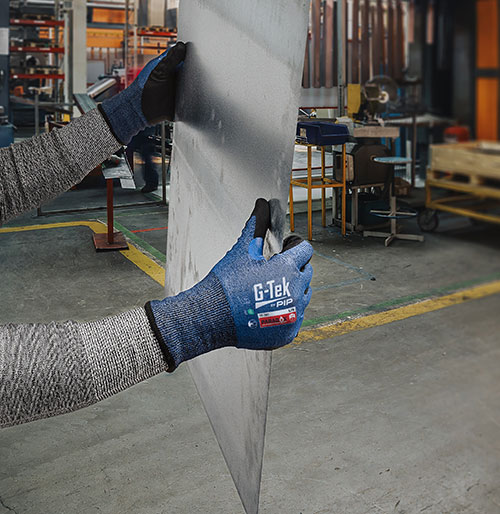

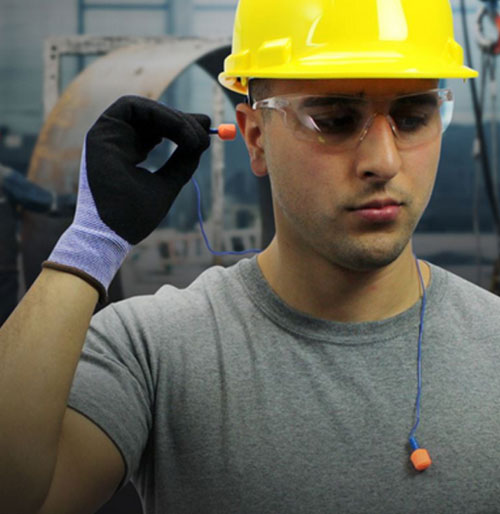
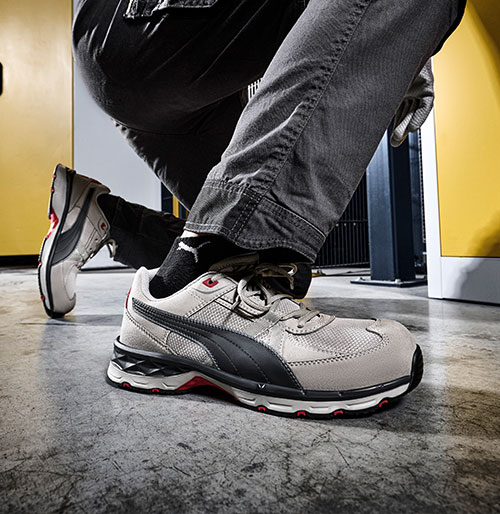


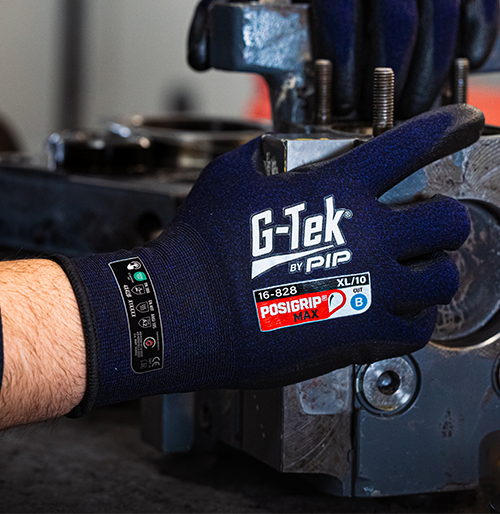










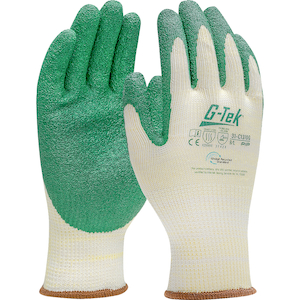




.jpg)
